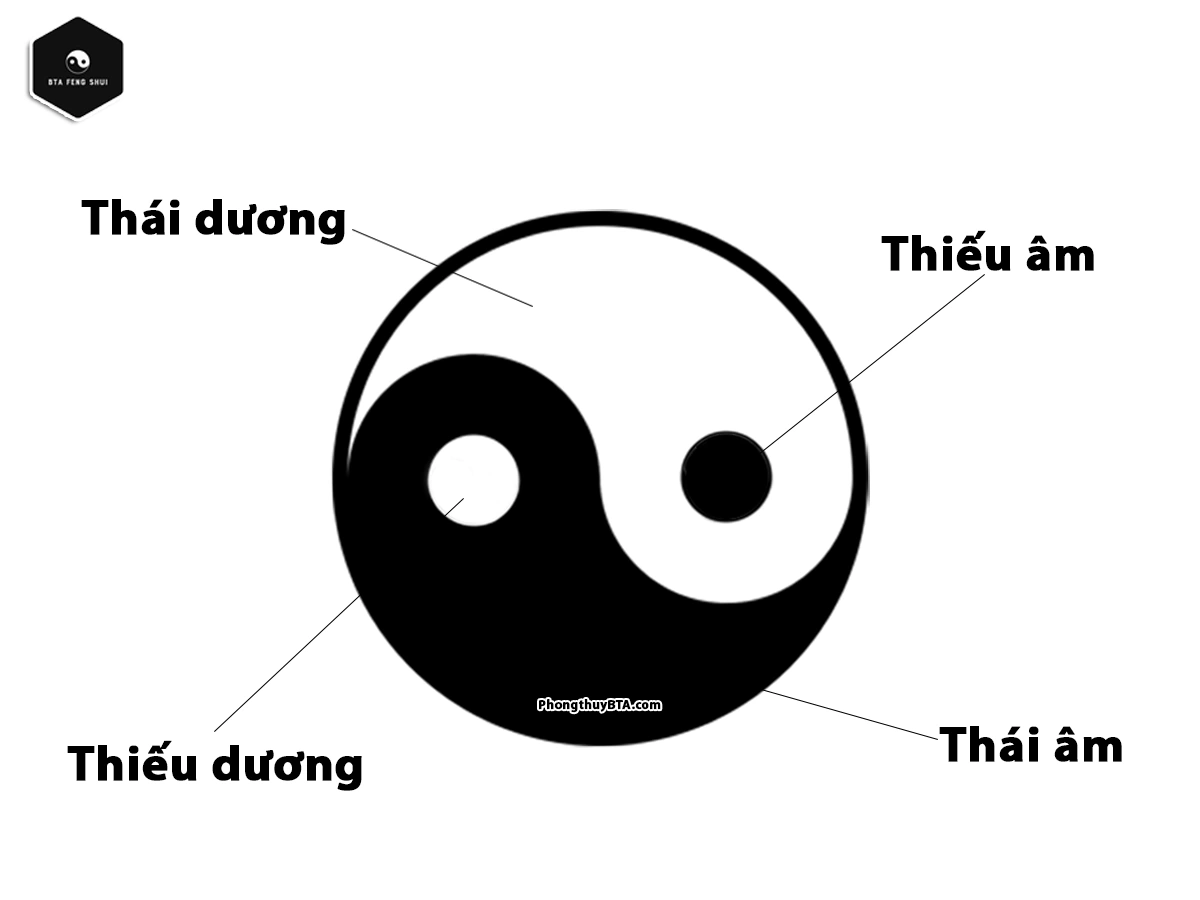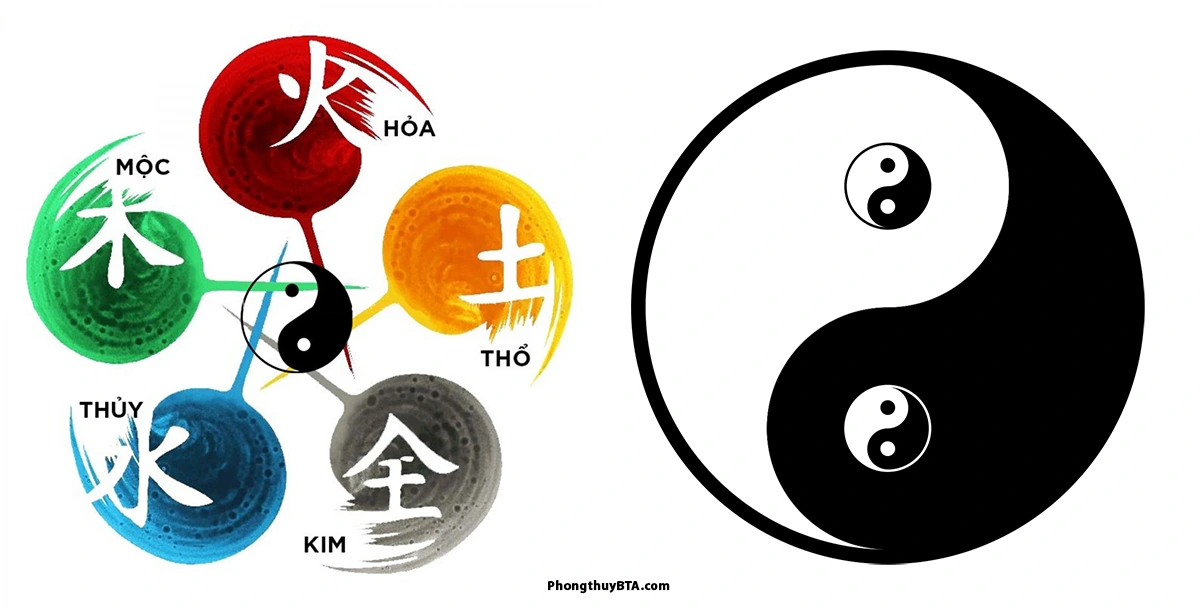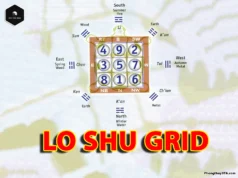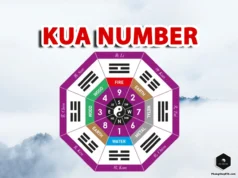Yin and Yang, rooted in ancient Chinese philosophy, symbolize balance and harmony in the universe. This concept shows how opposites—light and dark, active and passive—are interconnected and essential for wholeness. At BTA Feng Shui, we reveal how Yin and Yang shape nature, well-being, relationships, and home harmony, offering practical ways to bring this principle into your life.
What is Yin and Yang?
Yin and Yang is a foundational concept in Chinese philosophy, describing two complementary forces that shape existence.
- Yin symbolizes qualities like darkness, passivity, femininity, and coolness, often associated with the moon, earth, and rest.
- Yang, in contrast, embodies light, activity, masculinity, and warmth, linked to the sun, sky, and movement.
Together, they form a dynamic balance, where neither can exist without the other, creating harmony in nature and human life.
This duality is not about conflict but about interdependence. For instance, day (Yang) transitions into night (Yin), and each contains a seed of the other, as depicted in the iconic Yin Yang symbol—a circle divided by an S-shaped curve, with a dot of the opposite color in each half, symbolizing their mutual presence.
The Yin Yang Symbol: Meaning and Significance
The Yin Yang symbol, or Taijitu, is a visual representation of balance and unity. The black half (Yin) and white half (Yang) swirl together, showing how opposites flow into one another.

The small dots within each half signify that Yin contains a trace of Yang, and vice versa, emphasizing their interconnectedness. This symbol, rooted in Taoist philosophy, reflects the cyclical nature of life—seasons, day and night, and even human emotions.
The significance of Yin and Yang lies in its universal applicability. It illustrates that balance is not static but a dynamic process of constant adjustment.
For example, in Feng Shui, a home with too much Yin (dark, cluttered spaces) may feel stagnant, while excessive Yang (bright, chaotic areas) can be overwhelming. Achieving equilibrium is key to fostering peace and prosperity.
Origins of Yin and Yang
The concept of Yin and Yang traces back to ancient China, with early references in oracle bone inscriptions from the 14th century BCE, where Yin described darkness and Yang denoted sunlight.
By the 3rd century BCE, the Yinyang School, led by philosopher Zou Yan, formalized these ideas, integrating them with the Five Elements (Wuxing) to explain cosmic and natural phenomena. Texts like the I Ching and Tao Te Ching further developed Yin and Yang as a framework for understanding change, balance, and harmony.
The term Yin originally meant the shady side of a hill, while Yang referred to the sunny side. Over time, these evolved into a broader philosophy, influencing Chinese medicine, martial arts, and Feng Shui. Today, Yin and Yang remain a cornerstone of Eastern thought, guiding personal and environmental harmony.
Yin and Yang in Feng Shui
In Feng Shui, Yin and Yang are applied to create balanced living spaces. A harmonious home balances Yin elements (soft lighting, cozy textures, quiet spaces) with Yang elements (bright colors, open areas, vibrant energy). For example:
- Yin spaces: Bedrooms and meditation areas benefit from calm, restful Yin energy, using muted colors and soft furnishings.
- Yang spaces: Living rooms and workspaces thrive with active Yang energy, incorporating bright lights and dynamic decor.
To assess your home’s balance, consider whether it feels overly still (excess Yin) or overly chaotic (excess Yang). Simple adjustments, like adding plants (Yang) to a dark room or dimming lights (Yin) in a busy space, can restore equilibrium.
Yin and Yang in Daily Life
Beyond Feng Shui, Yin and Yang offer practical wisdom for daily living. They teach us to embrace balance in various aspects:
- Health: Traditional Chinese medicine views health as a balance of Yin (cool, nourishing) and Yang (warm, active) energies. For instance, eating cooling foods (Yin, like cucumber) in summer balances the body’s heat (Yang).
- Relationships: Yin and Yang reflect complementary roles, such as listening (Yin) and speaking (Yang), fostering mutual understanding.
- Work-Life Balance: Balancing active work (Yang) with restful downtime (Yin) prevents burnout and enhances productivity.
By recognizing these dualities, you can make mindful choices to align with natural rhythms, promoting well-being and harmony.
The Philosophy of Yin and Yang in Taoism
In Taoism, Yin and Yang originate from the Taiji (Supreme Ultimate), the source of all existence. The Tao Te Ching states, “The Tao gives birth to One, One gives birth to Two, Two gives birth to Three, and Three gives birth to all things.”
Here, “Two” refers to Yin and Yang, the dual forces that generate the myriad aspects of life. This philosophy emphasizes that opposites are not adversaries but partners in creating a cohesive whole.
Taoist practices like Tai Chi and Qigong embody Yin and Yang through fluid movements that balance strength (Yang) and softness (Yin). These practices cultivate inner harmony, aligning the body and mind with the universe’s natural flow.
=> Read more: What Is a Kua Number? How to Calculate Your Kua Number
Common Misconceptions About Yin and Yang
Despite its widespread recognition, Yin and Yang are often misunderstood. Here are some clarifications:
- Is Yin black or white? In the Taijitu, Yin is typically black, and Yang is white, but these colors symbolize qualities, not literal hues. Variations, like red and black Yin Yang symbols, exist in different cultural contexts.
- Is Yin good or bad? Neither Yin nor Yang is inherently good or bad; both are essential for balance. For example, excessive Yang (overactivity) can lead to stress, while too much Yin (passivity) may cause stagnation.
- Is Yin female and Yang male? While Yin is associated with feminine qualities and Yang with masculine ones, these are symbolic, not literal. Both energies exist in all individuals, regardless of gender.
Understanding these nuances deepens your appreciation of Yin and Yang’s universal relevance.
Practical Tips to Apply Yin and Yang
To integrate Yin and Yang into your life, consider these actionable steps:
- Assess Your Environment: Evaluate your home or workspace for Yin-Yang balance. Add Yang elements (bright lights, bold colors) to dull spaces or Yin elements (soft textures, dim lighting) to overly active areas.
- Balance Your Routine: Alternate high-energy tasks (Yang) with restful activities (Yin), such as meditation or reading, to maintain equilibrium.
- Mindful Eating: Choose foods that balance your body’s energy. For example, pair warming foods (Yang, like ginger) with cooling ones (Yin, like leafy greens).
- Embrace Duality: Recognize that challenges (Yin) and opportunities (Yang) coexist. Accepting this duality fosters resilience and growth.
Why Yin and Yang Matter Today
In our fast-paced world, the meaning of Yin and Yang offers a timeless reminder to seek balance. Whether in managing stress, designing harmonious spaces, or fostering relationships, this philosophy provides a roadmap for living in alignment with nature’s rhythms.
By embracing both Yin’s stillness and Yang’s dynamism, you can cultivate a life of harmony, health, and fulfillment.
At BTA Feng Shui, we share simple ways to bring these principles into daily life—helping you create balance at home and peace of mind. Enjoyed this guide? Give it a 5-star rating and share it with friends to spread the wisdom of Yin and Yang.
























